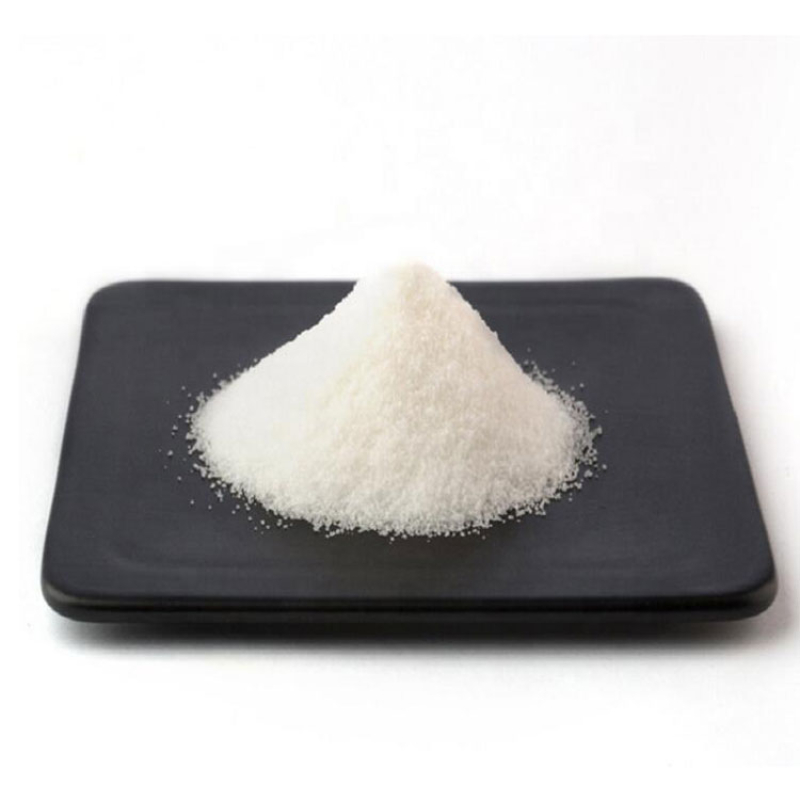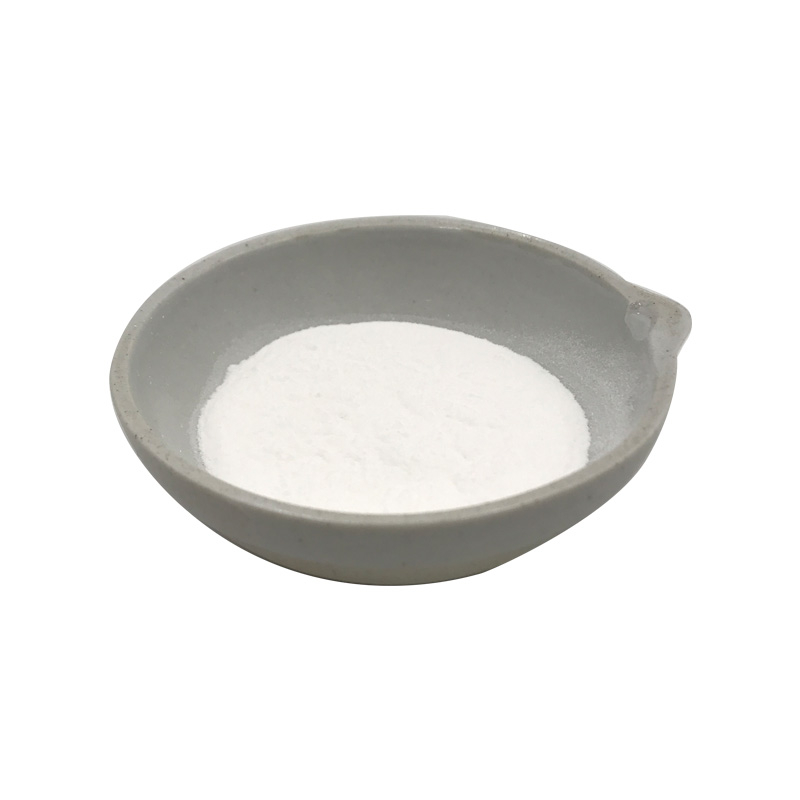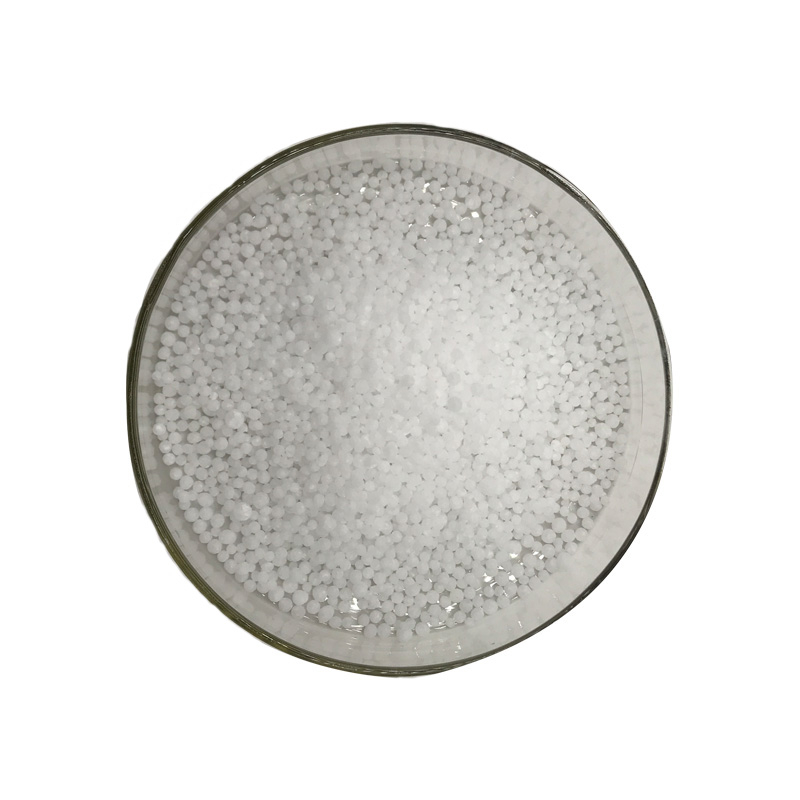Products Description of Tetrabutylammonium Perchlorate CAS#1923-70-2Tetrabutylammonium perchlorate is used as a research compound, in medicine, and as an electrolyte in electrochemical gradeTetrabutylammonium perchlorate Chemical PropertiesMelting point 211-215 °Cdensity 1.0387 (rough estimate)refractive index 1.6800 (estimate)solubility acetonitrile: 0.1 g/mL, clear, colorlessform Crystalline Powdercolor WhiteWater Solubility Soluble in acetonitrile and ethanol.
Contact Now
Products Description of Tetrabutylammonium hydroxide CAS#2052-49-5Tetrabutylammonium hydroxide is an organic compound with the chemical formula C16H37NO.
Contact Now
Products Description of Tetrabutylammonium hydroxide CAS#2052-49-5Tetrabutylammonium hydroxide is an organic compound with the chemical formula C16H37NO.
Contact Now
Products Description of Tetrabutylammonium Bromide CAS#1643-19-2 Tetrabutylammonium bromide is a common chemical product on the market.
Contact Now
Products Description of Tetrabutylammonium iodide CAS#311-28-4Tetrabutylammonium iodide (TBAI) is a commonly used phase transfer catalyst that can increase the reaction rate or effectively promote a variety of chemical reactions. This reagent can be used as an iodine source to generate the iodide required for the reaction in situ, avoiding the use of some unstable and expensive iodides.
Contact Now
Products Description of Tetrabutylammonium bromideCAS#1643-19-2Tetrabutylammonium bromide is a common chemical product on the market.
Contact Now
Products Description of Tetrabutylammonium Iodide COA#311-28-4Tetrabutylammonium iodide (TBAI) is a commonly used phase transfer catalyst that can increase the reaction rate or effectively promote a variety of chemical reactions. This reagent can be used as an iodine source to generate the iodide required for the reaction in situ, avoiding the use of some unstable and expensive iodides.
Contact Now
Products Description of TITANIUM DIOXIDE CAS#1317-70-0The lattice structure of anatase is also tetragonal, but the lower packing fraction of the crystal lattice explains why anatase crystal exhibits both a lower hardness and refractive indices than rutile.Nevertheless, because the crystal lattice energies of the two phases are quite similar, anatase remains metastable over long periods of time despite being less thermodynamically stable. However, above 700°C, the irreversible and rapid monotropic conversion of anatase to rutile occurs.
Contact Now
Products Description of Antioxidant 1330 CAS#1709-70-2Hindered phenol antioxidant 330 is a white crystalline powder with a melting point above 244°C. It is insoluble in water. Its solubility in some solutions at 18°C (g/100g solvent) is: benzene 20, dichloromethane 31.9, methylcyclohexane 1.7, methanol 0.2, isopropanol 0.1.
Contact Now
Products Description of Tetrabutylammonium hydrogen sulfate CAS#32503-27-8Tetrabutyl quaternary ammonium salts are phase transfer catalysts with superior performance. Tetrabutylammonium hydrogen sulfate buffer salt system is often used as an aqueous mobile phase in reversed-phase liquid chromatography detection. However, the stability of the tetrabutylammonium hydrogen sulfate buffer salt system gradually decreases with the increase of tetrabutylammonium hydrogen sulfate concentration.
Contact Now
Products Description of Antioxidant 1330 CAS#1709-70-2Hindered phenol antioxidant 330 is a white crystal powder with a melting point above 244°C and is insoluble in water. The solubility (g/100g solvent) in certain solutions at 18°C is: benzene 20, methylene chloride 31.9, methylcyclohexane Alkane 1.7, methanol 0.2, isopropyl alcohol 0.1.
Contact Now
Products Description of POLY(METHYLSILSESQUIOXANE) CAS#68554-70-1White powderPOLY(METHYLSILSESQUIOXANE) Chemical Propertiesdensity 1,08 g/cm3refractive index 1.42Fp >121°Csolubility Insoluble in water.form SolidSpecific Gravity1.08color Clear. White.EPA Substance Registry SystemSilsesquioxanes, Me (68554-70-1)Safety InformationRisk Statements 36/37/38Safety Statements 26-36/37/39TSCA YesFactory and Equipment ShowFast delivery timeInventory 2-3 working days New production 7-10 working days
Contact Now
Products Description of Cuprous bromide CAS#7787-70-4Cuprous bromide is white powder or cubic crystal, with a melting point of 498°C and a boiling point of 1345°C.
Contact Now
Products Description of LANTHANUM ACETATECAS#917-70-4White powderLANTHANUM ACETATE Chemical Propertiesdensity 2.02[at 20℃]Water Solubility 100g/L at 20℃CAS DataBase Reference917-70-4(CAS DataBase Reference)EPA Substance Registry SystemLanthanum acetate (917-70-4)Factory and Equipment ShowFast delivery timeInventory 2-3 working days New production 7-10 working days
Contact Now
Products Description of Glutathione CAS#70-18-8Glutathione is a tripeptide compound formed by glutamic acid, cysteine and glycine through peptide bond condensation. It is the most important low-molecular thiol for anti-oxidative stress in mammalian cells. It was discovered in 1921 and its chemical structure was determined in 1930. Dr. Al Mindell, a famous American nutrition and health expert, called glutathione a triple-effective anti-aging amino acid. It is also known as nature's antioxidant master. It has the appearance of colorless, transparent, elongated granular crystals.
Contact Now
Products Description of Tetramethylguanidine CAS#80-70-6Tetramethylguanidine, referred to as TMG, is a strong organic base catalyst with a wide range of uses in industry.
Contact Now
Products Description of Triallylamine CAS#102-70-5Triallylamine is an organic compound with the chemical formula C9H15N. It is mainly used as an extraction agent for uranium and rare metals. It can also be used to treat organic wastewater and produce petroleum products and quaternary ammonium compounds and their derivatives as additives and metal resists.
Contact Now
Products Description of Pyridazin-3-Amine CAS#5469-70-5Pyridazine-3-amine appears as a white or off-white solid powder at room temperature and pressure. It is a commercial drug molecule and organic synthesis intermediate. It can be used as a molecular skeleton to participate in the synthesis of drug molecules and bioactive molecules.
Contact Now
Products Description of 2,2'-[(1-Methylethylidene)bis[(dibromo-4,1-phenylene)oxymethylene]]bis[oxirane]-4,4'-(1-methylethylidene)bis[2,6-dibromophenol] copolymer CAS#68928-70-1Tetrabromobisphenol A-tetrabromobisphenol A glycidyl ether copolymer is widely used in flame retardant potting materials, flame retardant laminate adhesives, etc.
Contact Now
Products Description of Polydextrose CAS#68424-04-4Polydextrose is easily soluble in water, with a solubility of 70%. The pH value of a 10% aqueous solution is 2.5-7.0. It has no special taste and is a food component with health functions that can supplement the water-soluble dietary fiber required by the human body. After entering the human digestive system, polydextrose produces special physiological metabolic functions, thereby preventing and treating constipation and fat deposition.
Contact Now
Products Description of DDAO CAS#2605-79-0N,N-Dimethyldecyl-N-amine oxide is an organic compound with a chemical formula of C12H27NO and a molecular weight of 201.35.DDAO Chemical PropertiesMelting point 70 - 73°Cdensity 0.996 g/mL at 20 °Cvapor pressure 0Pa at 25℃refractive index n20/D 1.337storage temp. 2-8°Csolubility Chloroform (Slightly), Methanol (Slightly)form Solidpka4.79±0.40(Predicted)color White to Off-WhiteWater Solubility 409.5g/L at 30℃BRN 2352550InChIKeyZRKZFNZPJKEWPC-UHFFFAOYSA-NLogP0.95 at 20℃CAS DataBa
Contact Now
Products Description of Urea CAS#57-13-6When the temperature is below 20℃ and the relative humidity is below 70%, urea not only does not absorb moisture, but also evaporates water to reduce its water content; when the temperature exceeds 20℃ and the relative humidity is higher than 80%, it begins to absorb moisture, and in severe cases, it becomes a paste. When the air turns dry again, it will re-agglomerate, and its degree is second only to ammonium nitrate.
Contact Now
Products Description of 3-Dimethylaminopropylamine 99.5% CAS#109-55-7Colorless and transparent liquid, soluble in water and organic solvents. Relative density 0.8100. Boiling point 133℃. Freezing point - 70°C. Below this temperature it solidifies into glass. Flash point (closed cup) 15℃. Refractive index 1. 4350.
Contact Now
Products Description of (±)-Cloprostenol sodium salt CAS#55028-72-3(5Z)-rel-Cloprostenol Sodium Salt is the d-enantiomer of Cloprostenol, an aryl-oxymethyl analog of prostaglandin F2α.(±)-Cloprostenol sodium salt Chemical PropertiesMelting point 68-70 °Cstorage temp. Inert atmosphere,Store in freezer, under -20°Csolubility H2O: >10 mg/mLform solidcolor light brownInChIKeyIFEJLMHZNQJGQU-KXXGZHCCSA-MCAS DataBase Reference55028-72-3(CAS DataBase Reference)Safety InformationHazard Codes TRisk Statements 60-22-36/37/38Safety Statements 53-26
Contact Now




















![2,2'-[(1-Methylethylidene)bis[(dibromo-4,1-phenylene)oxymethylene]]bis[oxirane]-4,4'-(1-methylethylidene)bis[2,6-dibromophenol] copolymer CAS#68928-70-1](https://d3rnfhc14zcmdf.cloudfront.net/cdn/ff/4aHmJfFwYpEABMbnR7HTG1yocAzE1PHApY-zrZ-DCjo/1717752361/public/styles/chanpinzhutu/public/2024-06/%E6%97%A0%E8%89%B2%E6%B6%B2%E4%BD%93%20%283%29%20-%20%E5%89%AF%E6%9C%AC_5.jpg?itok=G1rPjRBd)












